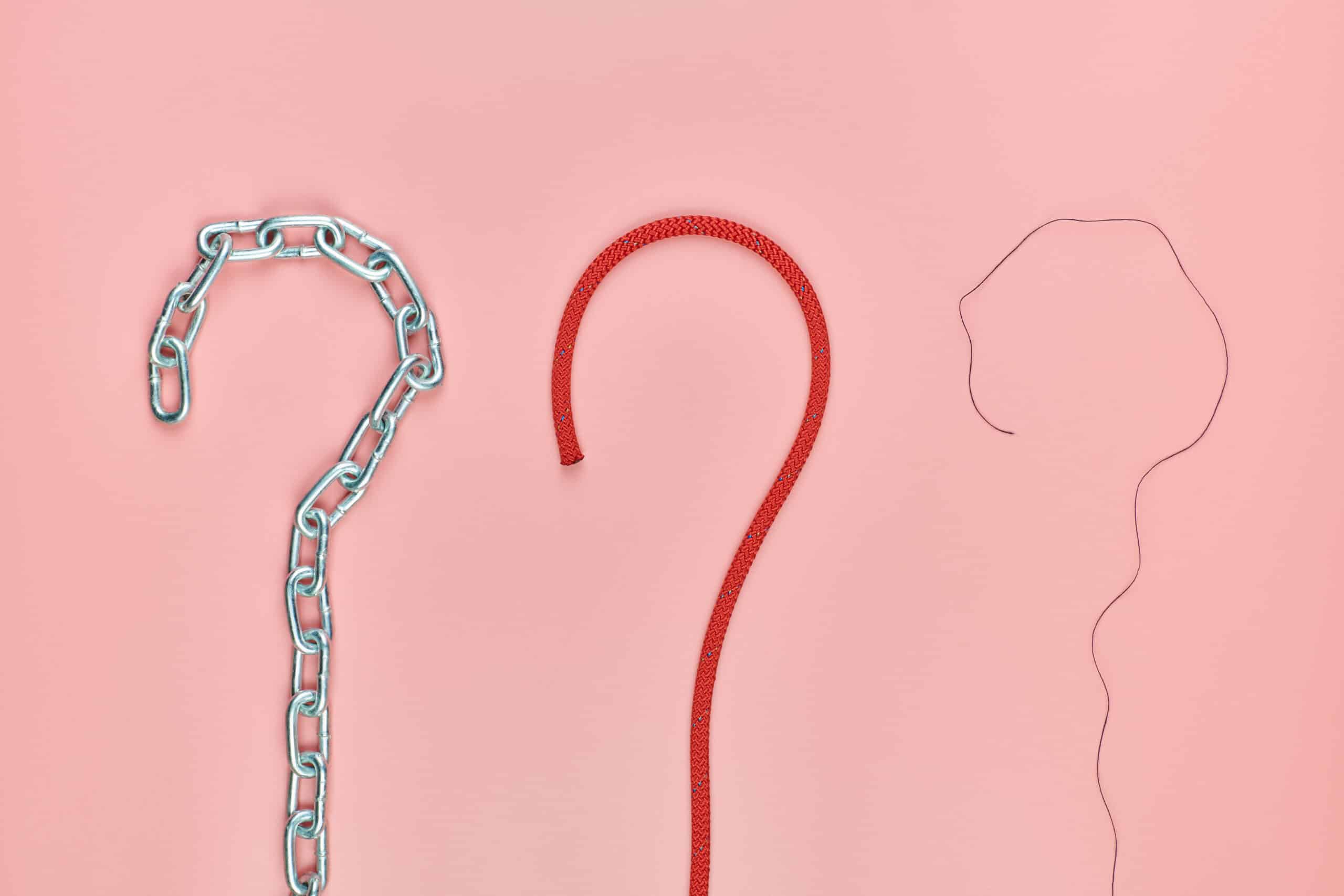Does the Sinker Go Before the Hook?
Key Takeaways
- The sinker typically goes before the hook in a fishing setup
- The sinker’s primary purpose is to add weight to the fishing line, allowing the bait and hook to sink deeper into the water
- The general consensus among experts is that the sinker should go before the hook to ensure that the bait is positioned at the desired depth and increase the chances of attracting fish
When it comes to fishing, one common question that many beginners ask is, “Does the sinker go before the hook?” The answer is yes, the sinker typically goes before the hook in a fishing setup. This article will explore the reasoning behind this order and provide a comprehensive guide to rigging a fishing line correctly.
The Importance of the Sinker
The sinker plays a crucial role in fishing. Its primary purpose is to add weight to the fishing line, allowing the bait and hook to sink deeper into the water. By placing the sinker before the hook, you ensure that the bait is positioned at the desired depth, increasing your chances of attracting fish.
Proper Order of Rigging a Fishing Line
According to various sources, including Outdoor Life and Wikihow, the proper order of rigging a fishing line is to first tie the hook onto the fishing line, and then attach the sinker onto the line above the hook. This setup allows the sinker to pull the line down, keeping the bait at the desired depth while preventing it from floating to the surface.
Additionally, some sources suggest placing the sinker between the bobber and the hook, usually six to 12 inches above the hook. This setup, as mentioned on Day Out Gear, can be effective for certain fishing techniques, such as using a slip sinker rig.
Expert Opinions
While there may be some variation in techniques and setups depending on the fishing method and target species, the general consensus among experts is that the sinker should go before the hook. This order ensures that the bait is presented effectively and increases your chances of a successful catch.
According to Fish Hunt Gear, the sinker should always be placed above the hook to allow the bait to sink naturally and attract fish in their natural feeding zones. Sport Fishing Buddy also supports this view, stating that the sinker comes first in the fishing setup.
Conclusion
In conclusion, the sinker does go before the hook in a fishing setup. By placing the sinker above the hook, you ensure that the bait is positioned at the desired depth, increasing your chances of attracting fish. While there may be some variation in specific techniques, the general consensus among experts is to rig the fishing line with the sinker before the hook.
Related Websites:
FAQs:
Q: Why is it important to understand the proper order of using sinkers and hooks in river fishing?
Understanding the proper order helps maximize fishing success. By placing the sinker before the hook, the bait sinks to the desired depth, while allowing it to appear natural in the water.
Q: Can the hook be placed before the sinker in river fishing setups?
In general, the sinker is placed before the hook in river fishing setups. However, there are exceptions to this rule, such as when using a sliding sinker rig or a Carolina rig.
Q: What factors should be considered when deciding on sinker and hook placement in river fishing?
Various factors should be considered, such as the fishing technique, target fish species, water conditions, and personal preferences. It is recommended to experiment with different setups and observe what works best in different fishing situations.
Q: Are there alternative setups for sinker and hook placement in river fishing?
Yes, there are alternative setups that may be used in certain fishing techniques or scenarios. For example, a sliding sinker rig or a Carolina rig may require placing the hook before the sinker.
Q: How can I enhance my river fishing experience?
To enhance your river fishing experience, continue learning and exploring different fishing techniques. Respect local fishing regulations and practice responsible fishing practices. By experimenting with different setups, you can discover what works best for you in different fishing situations.






